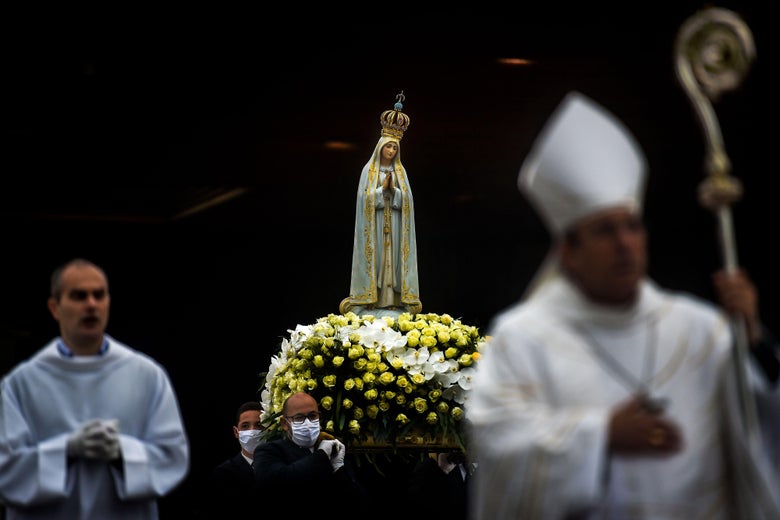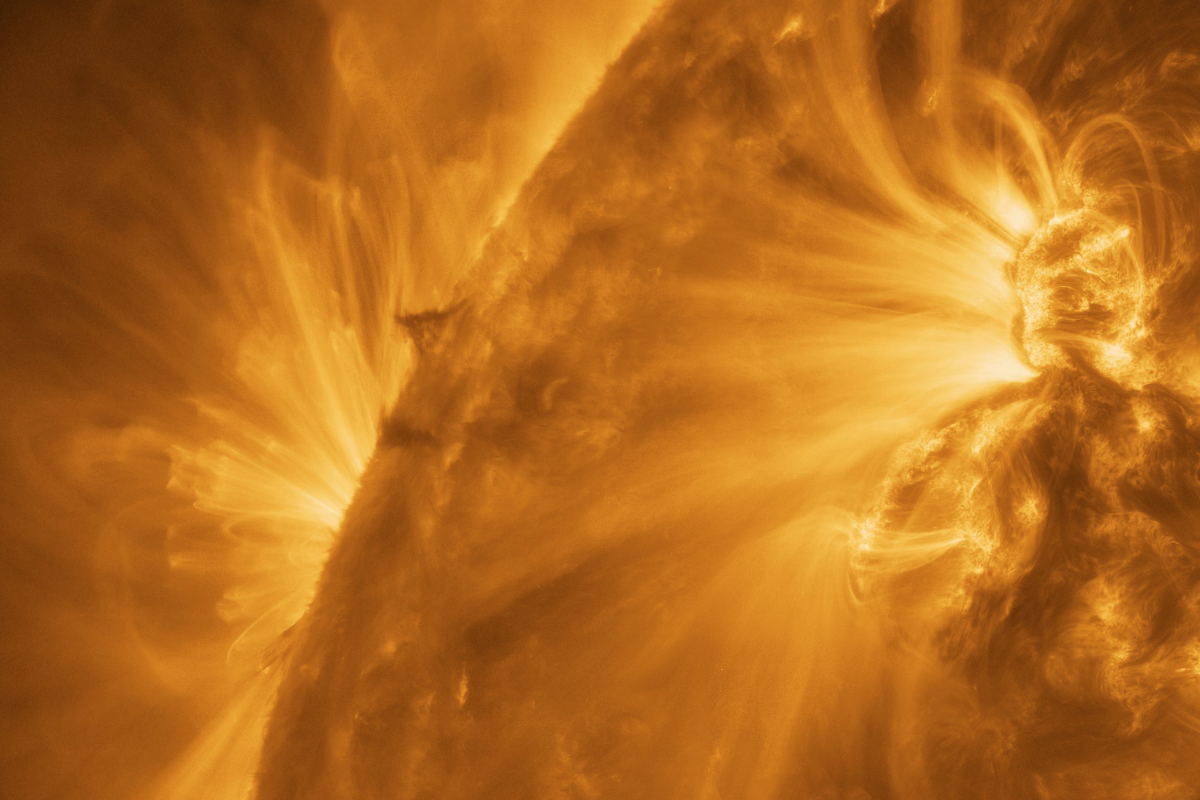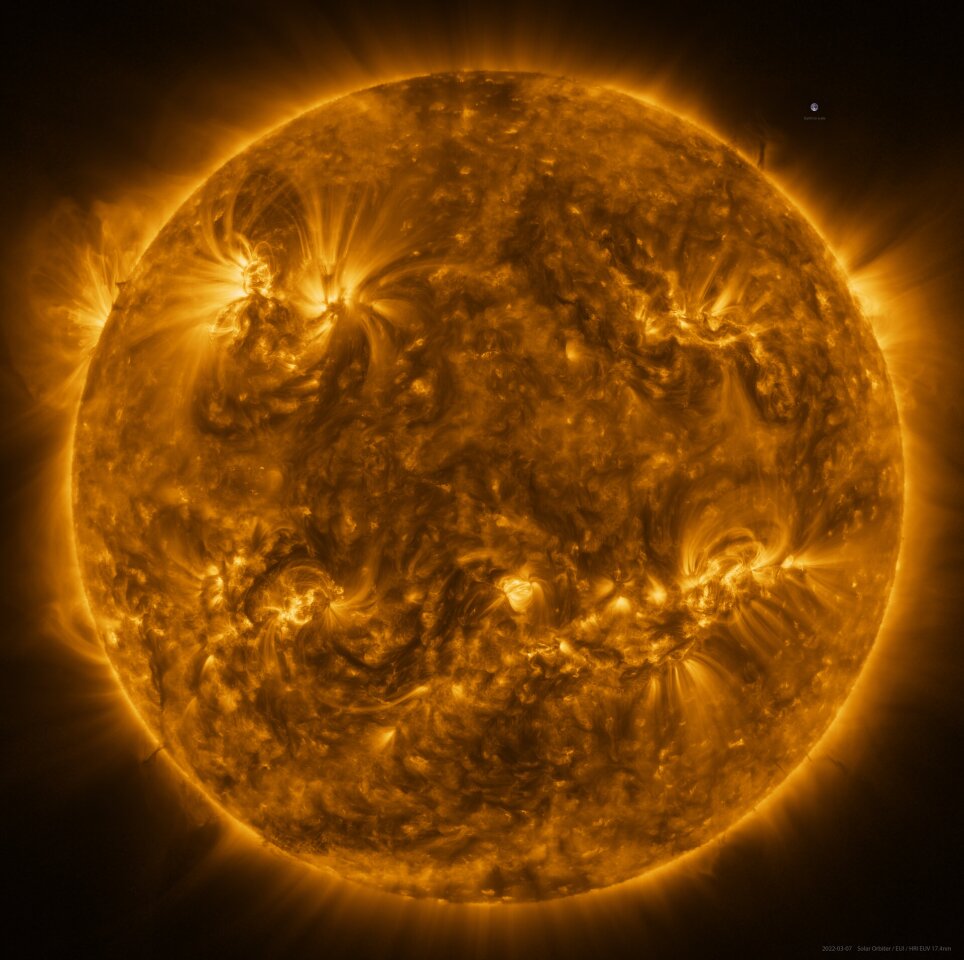BY MOLLY OLMSTEAD

The Vatican announced last week that Pope Francis had invited all the bishops and priests of the world to “join him in the prayer for peace and in the consecration and entrustment of Russia and of Ukraine to the Immaculate Heart of Mary.” The prayer, which is to take place Friday afternoon, seemed on its face to be an uncontroversial sign of support for the Ukrainian people, but the news sent shockwaves through a certain segment of the Catholic world.
To the average person, the responses seem nearly impossible to decipher. “Holy Father, I am a little bit worried,” one person wrote on Twitter. “This won’t be a legitimate consecration either,” another scoffed. “Only Idiots think this Freemason will do the consecration,” said another. “It’s about time, but what took so long?” one asked. Others pointed to blog posts and videos that warned the pope’s plans amounted to a “globalist trap” or that “an anti-pope’s ‘consecration’ of Russia” would lead to dire consequences. What in the world was happening here?
The pope’s announcement had tapped into one of the strangest and most heated debates in Catholicism, one that involves speculation about body doubles and forgeries; prophecies and visions of hell; secret messages; two global wars; the attempted assassination of a pope; and, above all, the Virgin Mary.
The story starts in 1917, when Mary appeared repeatedly to three shepherd children in Fátima, Portugal, in what is considered to be the most recent major apparition to be officially confirmed by the Vatican. Mary gave the children prophecies related to the Great War and a promise to perform a miracle on Oct. 13. When that date came, thousands reported seeing the sun dance in the sky. The children were also given three secrets: apocalyptic visions and global prophecies that two of the children, who died in the 1918 influenza epidemic, would never see made public. The third child, their cousin Lúcia dos Santos, would not divulge the first two secrets until the 1940s. The third wouldn’t be revealed until the turn of the century.
The three secrets were cryptic. First, the children were given a vision of hell. Second, they were warned that another, even worse world war would come. And third, they were shown a pope slain at the foot of a cross. This last vision is commonly thought to allude to the assassination attempt against Pope John Paul II in 1981, and the ambiguity has fascinated Catholics—and Catholic conspiracy theorists—for decades.
But it’s the second secret that concerns us here. Sister Lúcia—by then a Carmelite nun—wrote in her 1941 memoir that Mary had told the children of a way to avoid an even more devastating war:
To prevent this, I shall come to ask for the consecration of Russia to my Immaculate Heart and the communion of reparation on the first Saturdays. If they listen to my requests, Russia will be converted and there will be peace. If not she will scatter her errors through the world, provoking wars and persecutions of the Church. The good will be martyred, the Holy Father will have much to suffer, various nations will be annihilated. In the end My Immaculate Heart will triumph. The Holy Father will consecrate Russia to Me, and it will be converted and a certain period of peace will be granted to the world.
According to Lúcia, Mary visited her again in 1929, repeating that request: “The moment has come in which God asks the Holy Father, in union with all the Bishops of the world, to make the consecration of Russia to my Immaculate Heart, promising to save it by this means.” Without getting too deep into the theological meaning, a “consecration” here is akin to a dedication—setting aside a person or thing or even concept for a holy purpose.
Sister Lúcia’s prophecies were taken seriously by the church. While the Vatican has maintained that the terrible war in the second secret referred to World War II, it also saw in the revelation “the prediction of the immense damage that Russia would do to humanity by abandoning the Christian faith and embracing Communist totalitarianism.” Over the decades, a number of popes have tried to stave off or resolve international conflict by invoking Mary’s protection: In 1942, Pope Pius XII consecrated the world to the Immaculate Heart of Mary. In 1952, he consecrated “the peoples of Russia, specifically.” Pope Paul VI renewed the consecration in 1964, and Pope John Paul II did similar renewals during the Cold War in 1981, 1982, and 1984.
This last consecration in 1984, conducted in St. Peter’s Square in Rome on behalf of the entire human race—naming Russia specifically would have been politically dangerous—and “in spiritual union with all the bishops of the world,” is considered the one that officially fulfilled Mary’s request in her visions at Fátima. In 2000, during the momentous revelation of the third secret, Rome revealed that Sister Lúcia, in a handwritten letter in 1989, had assured the pope that the consecration had been “accepted in Heaven.”
That, according to the Vatican, was the resolution of the second secret. The Cold War ended, communism fell, and Mikhail Gorbachev publicly embraced the Orthodox Church.
But that was not the end of the story. Many traditionalists, who believe the Catholic Church has betrayed its identity by softening and liberalizing to adjust to the modern world, became enamored with the revelations and questioned the official Vatican line. How could it be, they reasoned, that the 1984 consecration had satisfied Mary’s requests when the pope didn’t specifically mention Russia? And the previous consecrations that had mentioned the country had surely failed because they had neglected to secure the cooperation of “all the bishops of the world.”
It wasn’t totally unreasonable, they asserted, to think the Vatican had lied about having Sister Lúcia’s stamp of approval, just as they could have lied about the nature of the third secret. The letter could have been a forgery. (Elements of the Fátima conspiracy theories include private letters that appear to contradict Sister Lúcia’s public statements, reports of the Vatican hiding the nun away to silence her, and even body doubles for Sister Lúcia.) And as they saw it, Russia had not experienced mass conversions to Roman Catholicism, so it was fairly clear that the prophecy had never been fulfilled. No pope had done it right.
“There’s a subset of Catholics who are really into Fátima,” said Mike Lewis, the managing editor of the pro-Francis blog Where Peter Is. “It’s sanctioned by the church, but the message is very apocalyptic, so traditionalists love it. Children seeing a vision of hell—it comes off as fire and brimstones. It’s been fodder for conspiracy theorists ever since the ’60s.”
According to Lewis, only a tiny percentage—maybe 3 to 5 percent—of the 50 million Catholics in the U.S. even know about the Fátima debates. “But it’s a key 3 percent,” he said. “They follow Catholic news, want to know what’s going on in the Vatican, are die-hards for apparitions. And they’re seminarians—young priests. … This stuff is preached from the pulpit.”
In 2017, Cardinal Raymond Burke, considered a fringe but very influential figure on the Catholic right, gave a speech calling on Pope Francis to do the consecration properly, according to the specific conditions. “A mainstream cardinal calling out the pope and embracing the conspiracy theory—it becomes a rallying cry for the anti-Francis movement,” Lewis said.
But Burke was not fixating on the fine print of Lúcia’s visions. He was instead making a distinct theological claim. Burke argued that the world had reached such a place of corruption that it needed a new consecration to “put an end to the time of apostasy and the great shortcomings of the Church’s pastors.” He told the National Catholic Register more recently that those shortcomings dealt with “the violation of the most fundamental tenets of the natural law,” citing abortion, euthanasia, divorce, transgender rights and feminism, and restrictions on religious liberty.
Francis didn’t comply. His decision to do another consecration this month, however, didn’t come from pressure from Burke or the previous popes’ skeptics; it came from a plea from the bishops in Ukraine. “During this painful and difficult situation of war, we continued to pray, to celebrate the Holy Mass, to adore the Holy Sacrament, to fast and to offer our sufferings requesting God’s mercy. We were joined by the whole world in this, but we see that the war continues,” Archbishop Mieczysław Mokrzycki of Lviv, Ukraine, told the Catholic News Agency. “But Our Lady of Fatima in 1917 said that the consecration would be followed by a time of peace. That time of peace is over now, so we need to repeat the act of consecration of Russia and Ukraine. … We believe that this act will be listened to by Our Lady and she will intercede before God for peace in Ukraine.”
On March 15, Francis announced he would say a prayer for the two nations. At first, the announcement was considered a nice gesture and not much more. But when, three days later, a letter circulated that requested the bishops’ participation as well, the story dramatically changed. This was the consecration. For the Fátima enthusiasts, this was big.
So why would Francis do this? There has been some speculation that the announcement has to do with his own efforts to quiet the radical traditionalists in the church. “It is a rare case where he’s being applauded by the traditionalist right, and so that’s a good thing, in one sense,” said David Gibson, the director of the Center on Religion and Culture at Fordham University. “In some ways, this can be read as the pope throwing a bone to conservatives.”
But that strategy is doomed to fail—conspiracy theorists will always find something else to feed the conspiracy—and sure enough, opponents of Francis have already started finding issues with the pope’s approach. They claim that naming Ukraine negates the process, or that all bishops won’t actually participate, or any number of other things. So it seems unlikely that Francis is doing this entirely for internal political reasons.
There’s another theory, though: that Francis really believes in this rite and in the secrets of Fátima. Given that headlines often tout the pope’s more progressive statements, people often forget that Francis is a traditionally devout man with an affection for old-school, popular forms of piety. He often prays at icons, and he’s known for encouraging exorcisms. “So if you take the church politics out of it, this is very much in keeping with who Francis is,” Gibson said.
Despite the fact that the Vatican in its consecration announcement explicitly mentions Fátima, Gibson says Francis hasn’t bought into the conspiracy theorists’ arguments. “He does not see these consecrations as magic, where you need to recite the words perfectly every time,” he said. Instead, Gibson said, Francis likely sees the consecration as something to adapt to different geopolitical situations to call on Mary’s support. “This is something where you can do these kinds of prayers again and again.”
Gibson had one more theory about the Francis consecration, one that assumes the Vatican is more aware of the theories than it lets on. “In a way, the pope’s taking back Fátima and this idea of consecration from the conspiracy theorists,” he said, who have “owned it for more than a century. And this is an effort to say, ‘No, this is not some crazy apocalyptic thing. This is standard Catholic practice.’ ”















